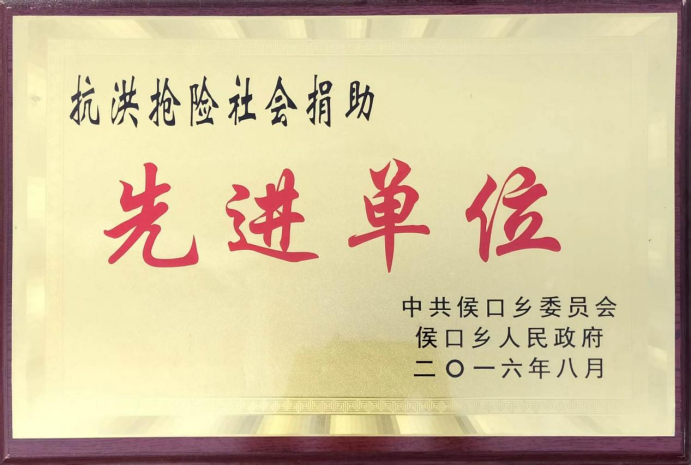different types of pipe couplings
Understanding Different Types of Pipe Couplings
Pipe couplings are essential components used in plumbing, construction, and various industrial applications. They connect two or more pipes, allowing for fluid transfer while helping to manage the flow and prevent leaks. Different types of pipe couplings cater to various needs, materials, and applications. This article delves into the different types of pipe couplings and their unique features.
1. Screw Couplings
Screw couplings, also known as threaded couplings, are popular in residential plumbing projects. They consist of threaded ends that allow for easy connection and disconnection. Made typically from metals like brass or stainless steel, these couplings are reliable in providing a tight seal. The primary advantage of screw couplings is their simplicity; they can be installed using basic tools and are suitable for low-pressure applications. However, they may not be ideal for high-pressure situations, where a more robust coupling is needed.
Welded couplings are commonly used in industrial and oil and gas applications. This type of coupling involves welding the two pipes together, providing a strong and durable connection. The primary advantage of welded couplings is their ability to withstand high pressures and extreme temperatures. This makes them suitable for heavy-duty applications. However, the installation process is more complex and requires skilled labor to ensure a proper weld. Additionally, any modification or disconnection of the pipes will necessitate cutting and re-welding.
3. Flanged Couplings
Flanged couplings consist of two flanged ends that are bolted together, creating a secure connection between pipes. This design allows for easy disconnection and reassembly, making flanged couplings ideal for maintenance applications. They are often used in high-pressure systems due to their superior sealing capabilities. Flanged couplings can accommodate thermal expansion and contraction, making them suitable for a wide range of temperatures. However, installation requires precise alignment and the use of gasket materials to prevent leaks.
different types of pipe couplings

4. Compression Couplings
Compression couplings are designed for quick and easy pipe connections without the need for welding or threading. They consist of a body, a rubber seal, and compression nuts, which, when tightened, create a seal around the pipe. This type of coupling is versatile and can be used with various materials, including copper, PVC, and PEX pipes. Compression couplings are particularly advantageous in situations where access to the pipe may be limited, as they require minimal space for installation. However, they may not be suitable for high-pressure applications due to the potential for leaks over time.
5. Push-Fit Couplings
Push-fit couplings, also known as push-to-connect or push-on couplings, are gaining popularity in both residential and commercial applications. This innovative design allows pipes to be connected simply by pushing them into the coupling. The internal mechanism locks the pipe in place, providing a secure and leak-proof connection. Push-fit couplings can be made from various materials, including plastic and metal, and can be used with different types of pipes. One of the main advantages of this coupling type is its ease of installation—no special tools or skills are required. However, care must be taken during installation to ensure that the pipe is fully inserted.
6. Flexible Couplings
Flexible couplings are designed to accommodate slight misalignments between pipes, making them ideal for applications involving movement or vibration. Commonly used in wastewater and drainage systems, these couplings typically feature a rubber sleeve that connects two rigid pipes. The flexibility of these couplings helps absorb shock and vibration, reducing the risk of damage to the pipes. However, they may not provide the same level of integrity as rigid couplings in high-pressure applications.
Conclusion
Understanding the various types of pipe couplings is crucial for selecting the appropriate one for your specific application. Each type has its advantages and limitations, making it essential to consider factors such as pressure, temperature, and ease of installation when making a decision. By choosing the right coupling, you can ensure a reliable and efficient piping system that meets your specific requirements.
-
Ultimate Spiral Protection for Hoses & CablesNewsJun.26,2025
-
The Ultimate Quick-Connect Solutions for Every NeedNewsJun.26,2025
-
SAE J1401 Brake Hose: Reliable Choice for Safe BrakingNewsJun.26,2025
-
Reliable J2064 A/C Hoses for Real-World Cooling NeedsNewsJun.26,2025
-
Heavy-Duty Sewer Jetting Hoses Built to LastNewsJun.26,2025
-
Fix Power Steering Tube Leaks Fast – Durable & Affordable SolutionNewsJun.26,2025

